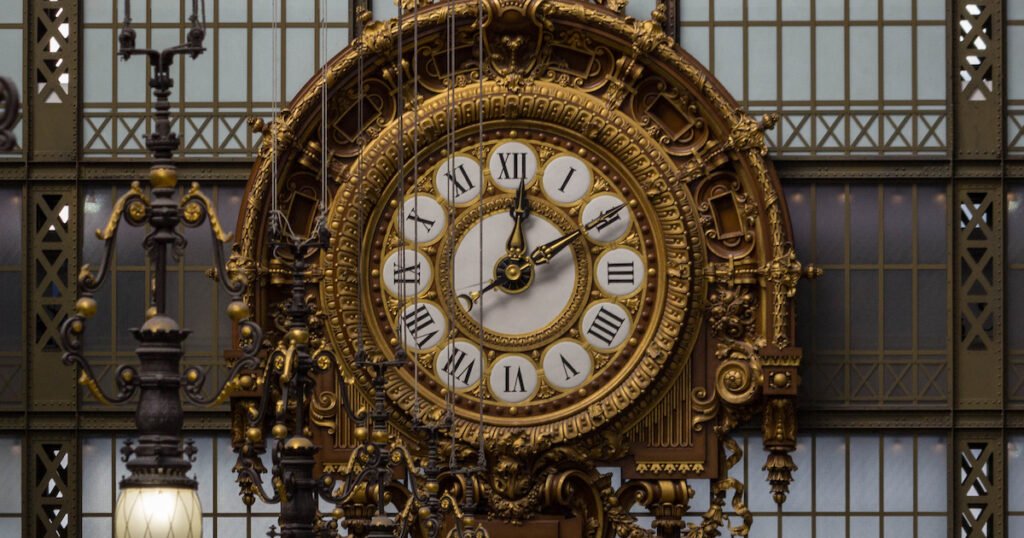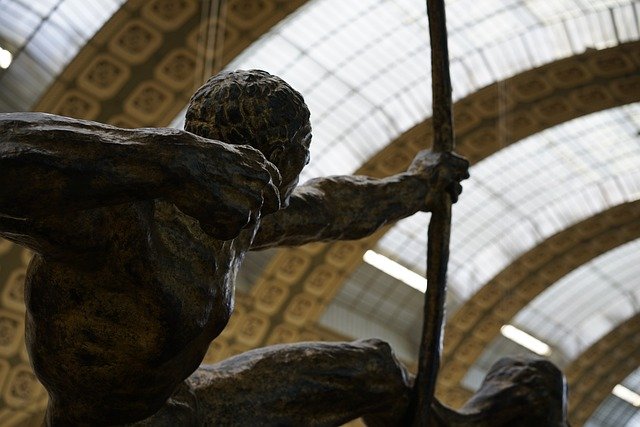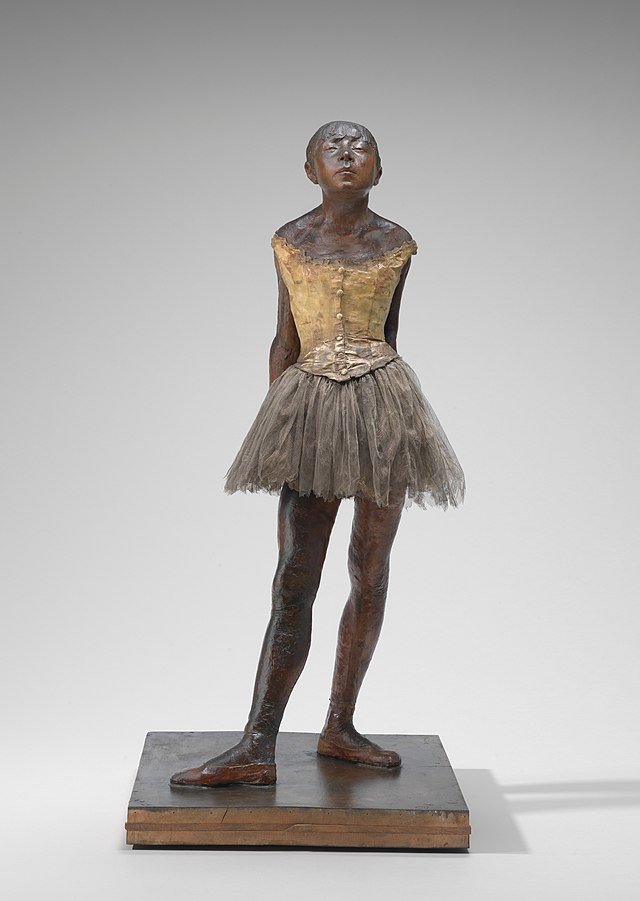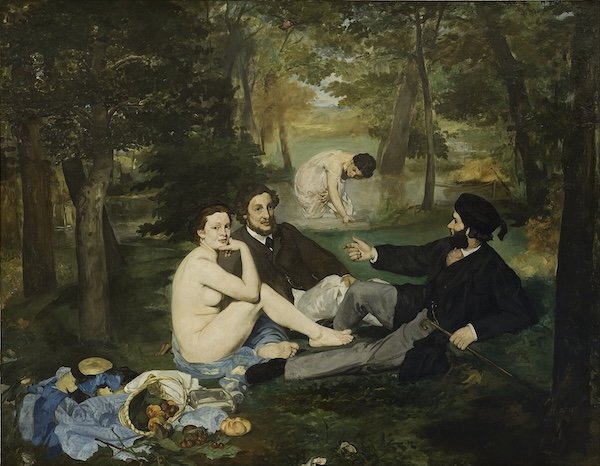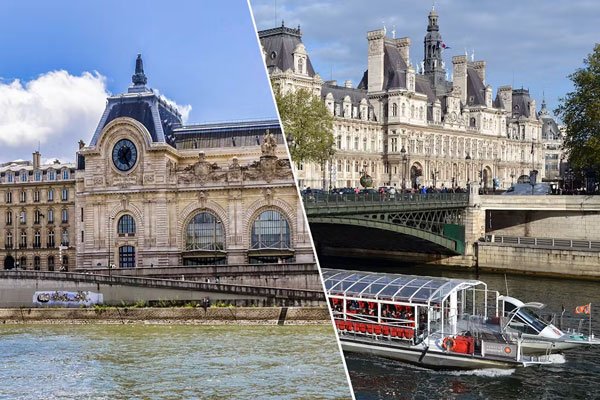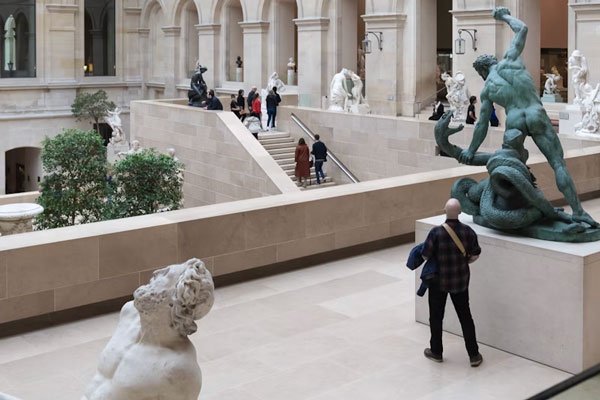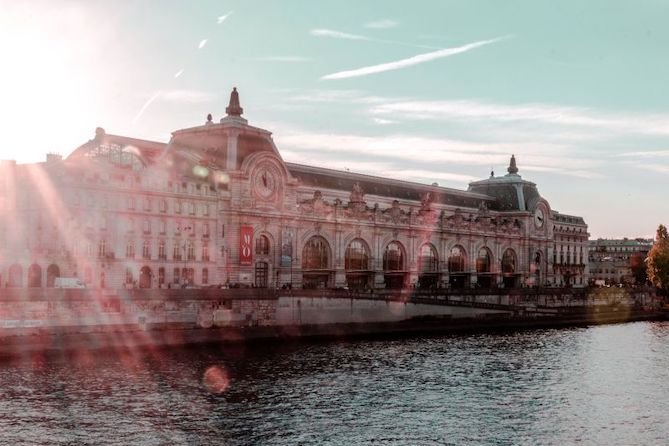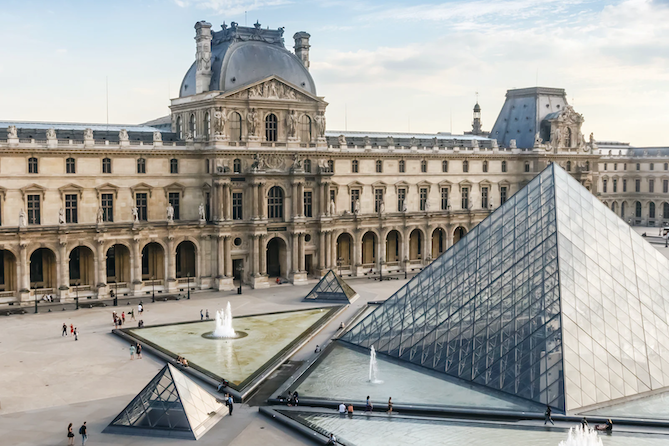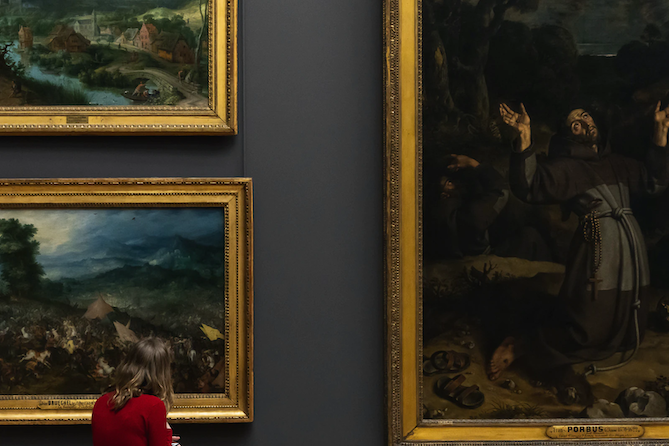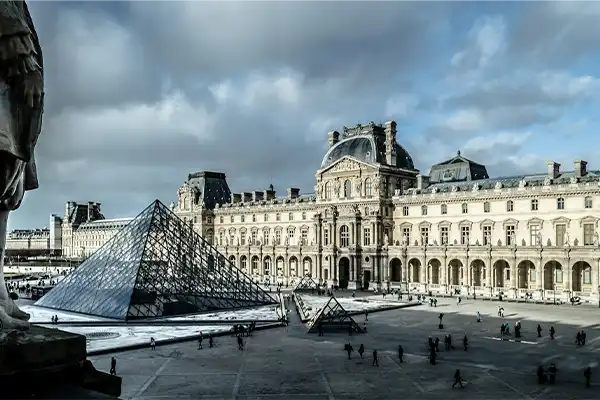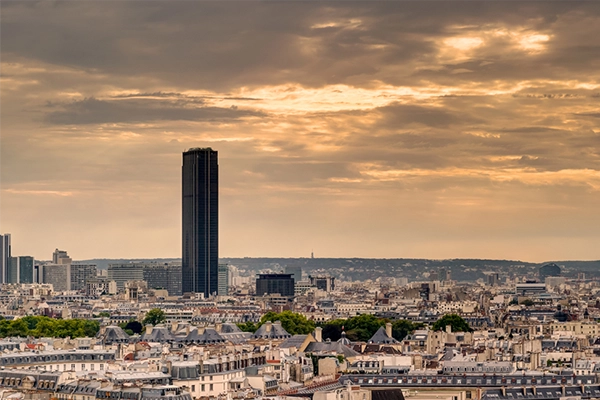History of Musée d’Orsay
History of Musée d’Orsay
Explore the rich history of the Musée d’Orsay, from its origins as a train station to its transformation into a world-renowned museum featuring 19th-century masterpieces, through our concise historical timeline and in-depth overview.
Historical Timeline of Musée d’Orsay
1898
Construction begins on the Gare d’Orsay, a magnificent Beaux-Arts style train station designed by Victor Laloux.
1900
The Gare d’Orsay is inaugurated as the main terminus of the Paris-Orsay line, connecting the city center to the suburb of Orsay. The station quickly becomes an architectural landmark and a symbol of Parisian modernity.
1929
The popularity of the Gare d’Orsay declines due to the rise of the automobile and the construction of newer, more efficient train stations.
1939
The station is closed to passenger traffic, but it remains in use for freight.
1957
The idea of transforming the Gare d’Orsay into a museum is first proposed by the French Minister of Culture, André Malraux. The proposal is met with enthusiasm by the public, and a committee is formed to study the feasibility of the project.
1960
The committee presents its report, recommending that the Gare d’Orsay be converted into a museum dedicated to Impressionist and Post-Impressionist art. The French government approves the plan, and the Ministry of Culture begins the process of acquiring the station and its land.
1973
Demolition of the Gare d’Orsay begins, despite protests from preservationists who want to save the building. The demolition is completed in 1974, and the building’s interior is extensively renovated to adapt it to its new purpose as a museum.
1978
The Musée d’Orsay opens to the public on December 1st. The museum quickly becomes one of the most popular tourist attractions in Paris. The collection includes masterpieces by Impressionist, Post-Impressionist, and Symbolist artists, including Monet, Renoir, Degas, Cézanne, van Gogh, and Gauguin.
1986
The Musée d’Orsay is expanded with the addition of a new wing, which houses temporary exhibitions.
1994
The Musée d’Orsay undergoes a major renovation, which includes the restoration of its Beaux-Arts architecture and the modernization of its exhibition spaces.
2007
The Musée d’Orsay celebrates its 30th anniversary with a series of special events and exhibitions.
2018
The Musée d’Orsay opens a new permanent exhibition dedicated to the work of Vincent van Gogh.
Today
The Musée d’Orsay remains one of the most popular and respected museums in the world.
History of Musée d’Orsay
Delve into the interesting history of Musée d’Orsay with our meticulously crafted overview. Immerse yourself in each intricately presented segment, journeying through time to unveil the origins, transformations, and profound cultural significance of this iconic building.
Architecture of Musée d’Orsay
The Musée d’Orsay stands as a captivating architectural masterpiece, a testament to the grandeur of 19th-century Beaux-Arts style. Designed by Victor Laloux, the former Gare d’Orsay train station seamlessly blends the grandeur of a palace with the functionality of a modern transportation hub.
The museum’s façade, adorned with ornate arches and a majestic glass dome, dominates the banks of the Seine River, capturing the essence of Parisian elegance and modernity during the Belle Époque era. Visitors are greeted by a grand entrance hall, where the soaring ceilings and intricate details create an atmosphere of awe and wonder.
Orsay Museum Tickets & Tours
Explore our thoughtfully curated selection of tickets and guided tours for the Musée d’Orsay.


